Head Praying: Fate Alignment Feeding Ori
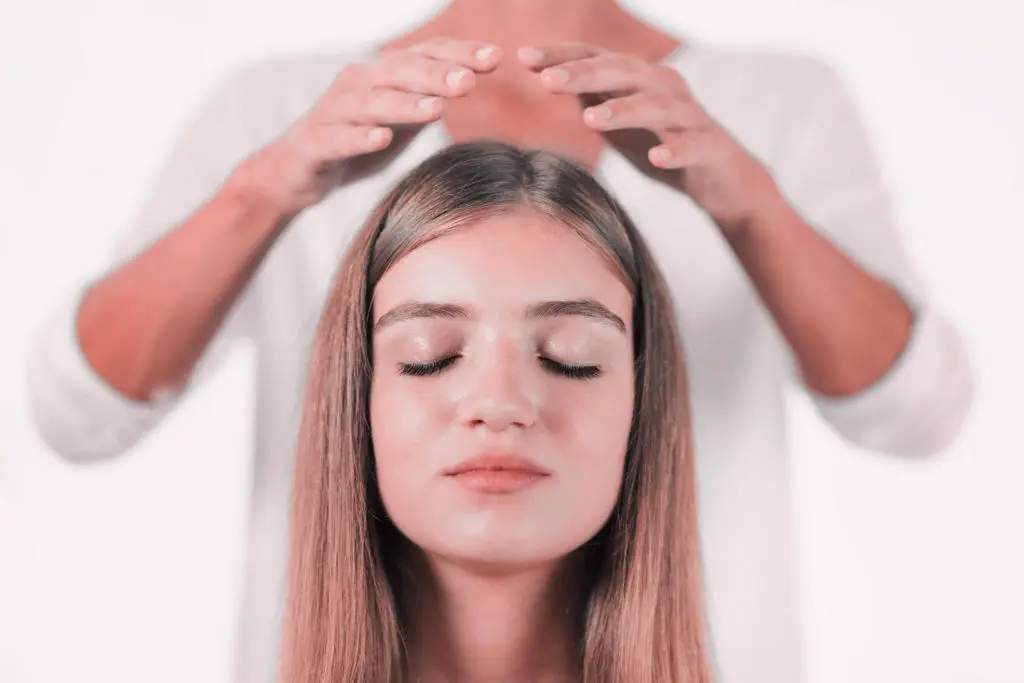
Head prayer is an essential ritual in Afro-Cuban Santeria, intended to honor and feed Ori, the divinity that governs our destiny.. Through this ceremony, we seek to refresh and harmonize our spiritual essence, unlocking greater understanding and serenity in our lives. This ebo strengthens the connection with our guardian angel or tutelary Orisha, promoting a state of balance and well-being.
What is a head prayer?
Head prayer, or “Ébòrí Eledá”, is a fundamental ceremony in Santeria, particularly within the Osha-Ifa cult, designed to nourish, refresh and calm Ori, our internal deity and spiritual essence that resides in the head. Through the placement of various materials on the head, this practice seeks to harmonize body, mind and spirit, promoting evolution, tranquility and firmness in the life of the practitioner.
This ritual is based on deep respect and the need to communicate with our internal deities to request benefits or relief from mental or emotional disturbances. Involves key entities such as Ori, Obatala and the personal guardian angel, who play a crucial role in the healing and balancing process. By undergoing a head prayer, the individual is invited to reach a state of deep relaxation, allowing them to tune into the healing and positive energies of the Orishas.
The etymology of the word "Kobori", derived from the Yoruba "Ki Ebo Ori", which means "one should sacrifice the personal Orisha", underlines the importance of this ritual. It is not simply a routine practice, but a significant and personal sacrifice that directly connects the individual with the divinity within him, reaffirming the belief in the presence of various deities within us. This understanding elevates head prayer from a mere custom to an act of profound spiritual communication, highlighting its indispensable role in religious practice and personal well-being.
The Importance of Ori in Santeria
Within Yoruba culture, Ori occupies a place of immense relevance, being considered not only as a deity, but as the divine aspect most closely linked to individual existence. This concept, rooted in Yoruba cosmology, embodies the notion of a personal god or spiritual guardian, essential to the understanding and practice of Santeria.
Ori represents the inner divinity, that spiritual core that rules over the destiny and personal well-being of each individual. Unlike other deities of the Yoruba pantheon, who are considered communal heritage and of collective interest, Ori is seen as a divine entity exclusively dedicated to the individual to whom it belongs. This internal deity is seen as the most crucial, as it takes an interest in and manages personal affairs, guiding the individual along the predestined path assigned in the heavenly plane.
The Relationship with Orunmila
orunmila, known as the "Eleri-Ipin" or the witness of the choice of destiny, is a central figure in the relationship between practitioners and their Ori. It is believed that Orunmila was present at the moment when each soul selected its destiny before incarnating on Earth. This presence and witnessing give Orunmila a unique position, being able to interpret and communicate the desires and needs of Ori through the Ifá divination system.
When followers of Santeria consult Ifá, what they are really looking for is to understand the wishes of their Ori. The practice of divination, therefore, is not merely an act of seeking guidance for earthly decisions or situations, but rather a deep inquiry into the will of the personal god that each person possesses. It is an effort to align daily life with spiritual designs and chosen destiny in the divine realm.
Feed Ori
The feeding and care of Ori are considered acts of utmost importance within Santeria. Through rituals such as head prayer, practitioners seek to nourish, refresh, and appease this inner deity, thereby reinforcing her connection and securing her favor and protection. This act of devotion is based on the understanding that a satisfied and well-cared for Ori is essential for personal fulfillment and the achievement of a good destiny.
The Ori prayer at the Odu Ogunda Meji encapsulates the essence of this relationship:
ORI MI IWO NI BI MO BA BI MO LAYE
ORI NI NOROFUN IR GBOGBO TIMO BARI LAYETraducción:
My Ori, it is you. If I have children on earth,
It is you, Ori, that I will choose. You are the source of all the good things I have on Earth.
This prayer is not only an affirmation of the importance of Ori in the lives of practitioners, but also a reminder of the power and constant presence of this inner deity in every aspect of earthly existence. Santeria, through this deep connection with Ori, offers a path to understanding and fulfilling destiny, underscoring the need to maintain a harmonious and respectful relationship with our divine essence.
When should I beg my head?
The head prayer in Afro-Cuban Santeria is a deeply significant ceremony, aimed at harmonizing the Ori, with the purpose of promoting emotional, physical and spiritual well-being. This rite becomes an essential resource at key moments in the practitioner's life, seeking not only purification and balance but also protection and spiritual guidance.

Situations to Consider a Head Prayer
- Emotional or Mental Imbalance: If you experience emotional instability, anxiety or find yourself in a phase of mental weakness, head prayer can be vital support to recover your center and serenity.
- Health problems: Faced with health challenges, whether physical or psychological, this ritual acts as a complement to conventional medicine, seeking relief through spiritual intervention.
- Consecrated Moments: Before or after receiving important consecrations or when starting new paths within Santeria, the head prayer is performed to prepare or reaffirm the individual's spiritual connection.
- Refreshment and Purification: It seeks to refresh and nourish Ori, cleansing any impurities that may affect destiny and promoting a state of clarity and renewed purpose.
Specific Ceremonies Involving Head Praying
- Receive Hand of Orula or Necklaces: In initiation, head prayer is essential to consecrate and protect the initiate.
- Kari Osha (Holy Making): A transcendental moment in the life of the practitioner, where prayer precedes the ceremony, ensuring receptivity and divine protection.
- Ifa and Knife: By delving into these deep spiritual practices, prayer becomes a critical step in aligning the practitioner's destiny with their new responsibilities and powers.
- Consultations and Divination: Often, during consultations with Ifá or the Dilogún, the need to perform a head prayer is revealed as a corrective or preventive measure, as dictated by the Oddun.
- During Iyaworaje: It is tradition for an iyawó, or newly initiated, to undergo monthly head prayers throughout their first year of religious practice, reinforcing their spiritual bond and purifying their path.
- Falls or Accidents: If a practitioner experiences a physical fall or accident, it is considered vital to perform a head prayer to restore spiritual balance and offer offerings to Ozun for additional protection.
How do you do head prayer?
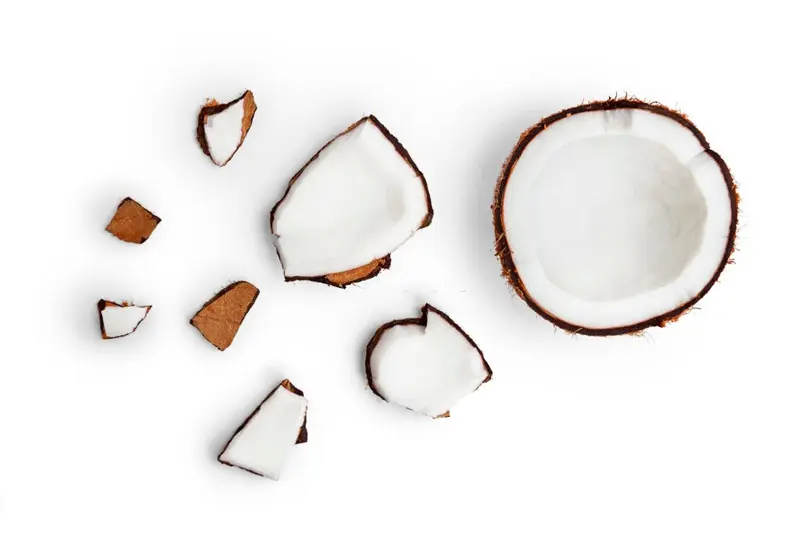
The standard procedure for performing this ceremony is detailed below, although it is important to remember that practices may vary slightly depending on the tradition of each religious house or lineage.
Necessary materials
- 2 coconuts (Obi).
- Husk (Efun).
- Cocoa Butter.
- Cotton.
- White fabric (Keel).
- 2 candles.
- 2 white ceramic plates.
- Jícara with water.
Preparation
- Preparation of Materials: On a plate, we place a set of coconut views (Four pieces of coconut cut in a circular shape used as an oracle) (Obi) next to a gourd with water. In the other, grated coconut, cotton, cocoa butter, husks and candles are placed.
- Ceremony Environment: The interested party must sit on a chair placed on a mat, preferably dressed in white. In some traditions, it is recommended to previously take an Omiero bath with herbs such as Prodigiousa, White Bleed and Basil to cleanse and prepare the aura.
Procedure
- Choice of Space: It is suggested to perform the prayer in a quiet and secluded place, ideally in front of the altar where the Orishas rest, to facilitate a state of meditation and spiritual connection.
- Invocation and Offering: Holding a plate in each hand, the officiant surrounds the head of the person concerned and makes invocations to Eggun, Ori and Obatala, explaining the materials that will be used.
- Purification and Consecration: Key points of the body are moistened with water (forehead, neck, forehead, throat, forearms, wrists, knees and feet) and then cocoa butter, grated coconut and husk are applied to the head and these points, finally covering them with cotton.
- Consultation and Confirmation: The coconut (Obi) is used to check if the prayer has been satisfactory and if there is a need to perform additional actions or if the person should rest near a particular Orisha.
- Ending: The head is covered with a white cloth and a ball is formed with the used ingredients, which is placed on one of the plates. These are then placed under the bed where the person will sleep, thus sealing the energy and protection received.
Songs and Prayers
During the ceremony, specific songs are sung to invoke the energy of Ori and the Orishas, accompanied by prayers from the Oddun of Ifá such as ejiogbe, Oyekun Meji, Iwori Meji and Odi Meji, among others, reinforcing the spiritual connection and intention of the ritual.
- To cool your head with water (Omi): "Omi lele omi lele ashe Ori omi lele."
- When applying cocoa butter: "Ori lele Ori lele, Ashe Ori, Ori lele."
- When using the husk (Efun): "Efun lele efun lele, ashe Ori efun lele."
This ritual, performed with respect and devotion, seeks not only the immediate well-being of the person concerned but also a deeper alignment with their spiritual destiny and divine protection.
Types of head rogation
Head prayer is, therefore, a pillar of Santera practice, an act of devotion and care towards one's own spiritual being that underlines the importance of maintaining a harmonious relationship with the divine forces that guide our destiny.
Head prayer in Santeria comes in multiple forms, adapting to the spiritual or physical needs of the individual, as dictated by the consultation with Ifá or the Dilogún. This ritual is essential for aligning and stabilizing the head and Ori, promoting balance, mental clarity and general well-being. Below we describe the most common types of prayer and their specific purposes:

Kobori Eleda (Praying with Coconut): It is the most basic ritual, performed with coconut, husk, cocoa butter and cotton. It works for anyone, regardless of previous consecrations, and has as its goal the stabilization of the Ori. Variations include prayer with bread and milk, recommended to deal with states of mental instability, depression or anxiety.
Ori Bibo (Feed Ori): It focuses on sacrifice determined by divination, where each animal offered fulfills a specific function. For example, Akuaro calms those who feel rushed. This ceremony may involve direct sacrifice on the head or the application of blood with an index finger on key points of the head, being essential for children of Oshun and Shango.
Obori Eleda Eyele Meyi (With Two White Doves): Highly recommended for channeling emotions and as an evolutionary ebbo. White doves are used in a circular motion above the head, differing from the Kobori Eleda by the direct use of the birds in sacrifice.
Kofibori Eleda: This procedure, similar to a standard prayer, includes washing the head with Omi Ero, especially indicated for when the person has a "hot head" or faces problems caused by his own head.
Each of these rituals responds to specific needs, demonstrating the deep connection of Santeria with the spiritual and physical well-being of the practitioner, as well as the flexibility and richness of its practices.
Snapper head prayer: Kobori eleda ni Ejabo

The head rogation with snapper, known as Kobori eleda ni Ejabo, is a deeply significant ceremony in Santeria, considered by many to be a form of spiritual coronation. This ritual is distinguished by its ability to instill stability and settlement in the life of the person on whom it is performed, symbolizing the crowning of their efforts and their personal and spiritual evolution.
Why is a snapper used in this ceremony?
The snapper, in this context, is not just an animal, but a powerful symbol of prosperity and balance. This fish occupies a place of great importance in Yoruba mythology, being considered the first animal capable of transforming and adapting from the sea to land, which makes it an emblem of progress and evolution.
When is made?
This ceremony is typically performed under divine direction revealed during divination, especially when the Odu Ejiogbe manifests. However, Orunmila or any Orisha can indicate its realization during an Ita, marking moments of significant change or need for spiritual strengthening.
Ifa signs that recommend doing a prayer with Pargo
Several Odus (Ifá signs) highlight the importance and benefits of praying head with snapper:
- Ejiogbe: It recounts how Odduduwa, a central figure in creation according to Yoruba mythology, manifested on earth as a snapper, underscoring the deep connection of this ritual to the mysteries of creation and evolution.
- Oshe Nilogbe: It tells the story of a divine recommendation to a blind man to perform a prayer with snapper, which resulted in the discovery of a hidden treasure. This sign highlights prayer as a way to overcome obstacles and attract fortune.
- Iwori Bara: In this Odu, the snapper acts as Olofin's guardian, symbolizing protection and divine blessings to the individual who receives the prayer.
- Ogbe Say: It illustrates how the snapper was instrumental in the victory over adversity, recommending this ebbo as an act of personal empowerment.
These signs not only recommend snapper head prayer for its specific properties and associated benefits, but also emphasize the depth of its meaning and its potential to positively influence the course of a person's life. The practice of this ritual, therefore, becomes a sacred act of renewal, protection and alignment with personal and divine destiny.
This ceremony is also recommended in other signs such as: Odi bara, oturameji, Oshe Meyi, among others.
How do you do the head praying with Pargo?
The snapper prayer is aligned with the methodology of traditional head prayers, but introduces the symbolic use of the snapper, an element that is strategically placed on the head (leri) and other points of the individual's body. This process requires meticulous preparation and execution, emphasizing the importance of sacrifice and offering as means of connection and communication with the divine.
Who does this ceremony?
Given the sacred nature of this ebbo, it is crucial that it be performed by an Awo ni Orunmila (Babalawo) with a deep theological and practical understanding of Yoruba rituals. The experience and knowledge of the priest are essential to ensure the correct application of each step of the ritual, ensuring that the spiritual energy of the snapper is transmitted effectively and respectfully, thus fulfilling the purpose of the ceremony.
It is essential to maintain the confidentiality of certain aspects of the ceremony, including specific songs and prayers, to preserve the integrity of the religious worship. This discretion underlines the respect for Yoruba traditions and the spiritual depth contained in the head with snapper prayer.
Benefits of having a head prayer
Head rogation is a deeply significant ceremony within Santeria, which offers multiple benefits to those who practice it. Its importance lies not only in its ability to promote spiritual and physical well-being, but also in its essential role in aligning a person with their destiny and Ori, the divinity within. Among the most notable benefits are:
- Mental Clarity: It helps clear the mind, allowing for better decision-making and a clearer perspective on life.
- Spiritual Connection: It facilitates deep spiritual channeling, reinforcing the connection with the spiritual world and the Orishas.
- Integral Health: Promotes a notable improvement in physical and mental health, relieving stress and contributing to the recovery of imbalances.
- Destination and Purpose: It helps align the person with their destiny, clarifying the path and purpose of life.
- Ori Strengthening: It nourishes and strengthens Ori, ensuring its support and protection in daily life.
- Consecration and Preparation: Prepares Eleda for future consecrations, ensuring a solid foundation for important initiations and ceremonies.
- Stability: It encourages stability and settlement, providing a sense of peace and serenity.
- Vital Protection: In critical cases, this ritual can be decisive in saving a person's life, acting as a protective shield against adversity.
Head prayer, therefore, stands as a fundamental pillar for the integral well-being of practitioners, highlighting the deep wisdom and understanding of the Yoruba tradition about the importance of harmony between the body, mind and spirit.
Patakie: The cat is saved thanks to the head prayer recommended by Orunmila
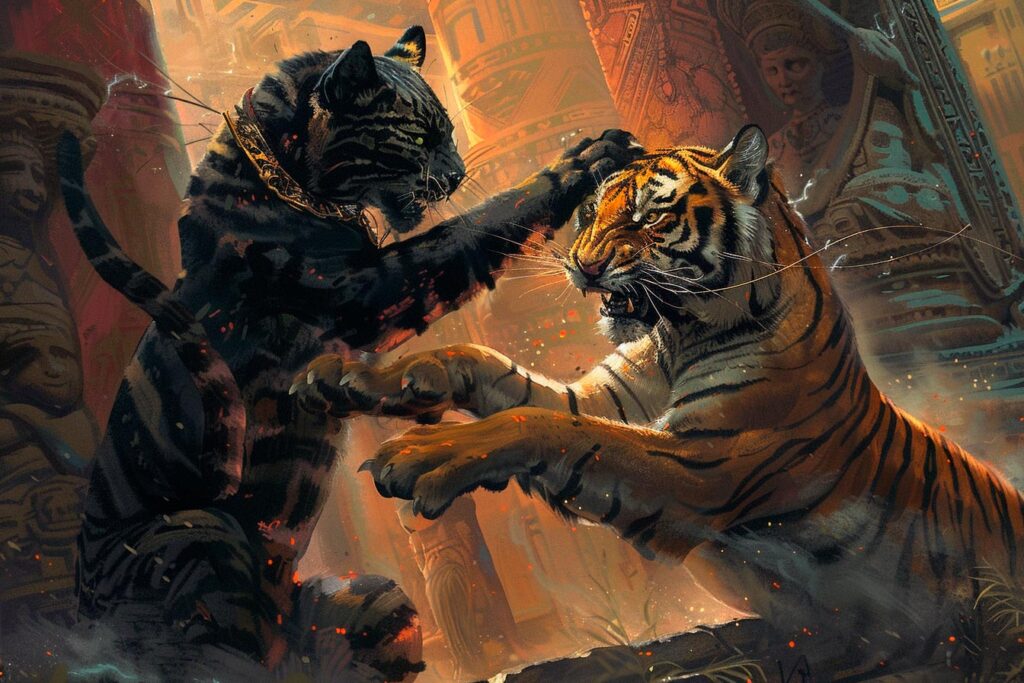
In the Oddun of Ifá Otrupon Meyi, the story of two brothers is told: Ekun (the tiger) and Ogbo (the wild cat). Ogbo had a premonitory dream of attacks on him, which led him to consult Orunmila to understand the meaning of it. Orunmila, after divination, revealed that the sign was Otrupon Meyi and advised Ogbo to perform a head prayer with a guinea to protect himself from his brother Ekun, who was plotting to murder him. Furthermore, Orunmila recommended that Ogbo refrain from making any prayers to others.
Following Orunmila's advice, Ogbo performed the sacrifice and prayer as instructed. Ekun, on the other hand, also consulted Orunmila seeking advice on how to devour his brother but ignored the recommendation to make a sacrifice to Eshu, preferring to eat the sacrificial goat himself.
Ekun attempted to set a trap for Ogbo with the help of other animals, convincing them to warn Ogbo about his false illness and urgent need for a head prayer. Faced with the leopard's insistence, Ogbo decides to check the situation for himself. Upon arriving and realizing the trap, he suggests using a goat for prayer. The hyena sacrifices the goat, and with the head in hand, Ogbo begins to pray and walk away, finally escaping the danger.
Ologbo, logbon ki shebi oyo
Ifa bolus bolus nite Ekun
Adifafun fumi olu Ifa
mobo moru
Eyin eyi lamu yo, eyin yo are.
Explanation:
This story underscores the importance of obedience to divine instructions and the protective power of spiritual practices, such as head prayer, within Santeria. Demonstrates how, through the wisdom and intervention of orunmila, it is possible to avoid dangers and overcome adversities. Head prayer, beyond being a cleansing and purification ritual, manifests itself as a vital tool for spiritual and physical protection, highlighting the intimate relationship between a person's destiny and their Orí (internal entity).
The story of Ogbo and Ekun teaches us the importance of paying attention to the signs and faithfully following the advice of the Oracles. It reminds us that, in times of danger or uncertainty, spiritual practices such as head prayer are not only acts of devotion, but also survival strategies that can change the course of our lives, aligning us with a more favorable destiny and protecting us against adversities.
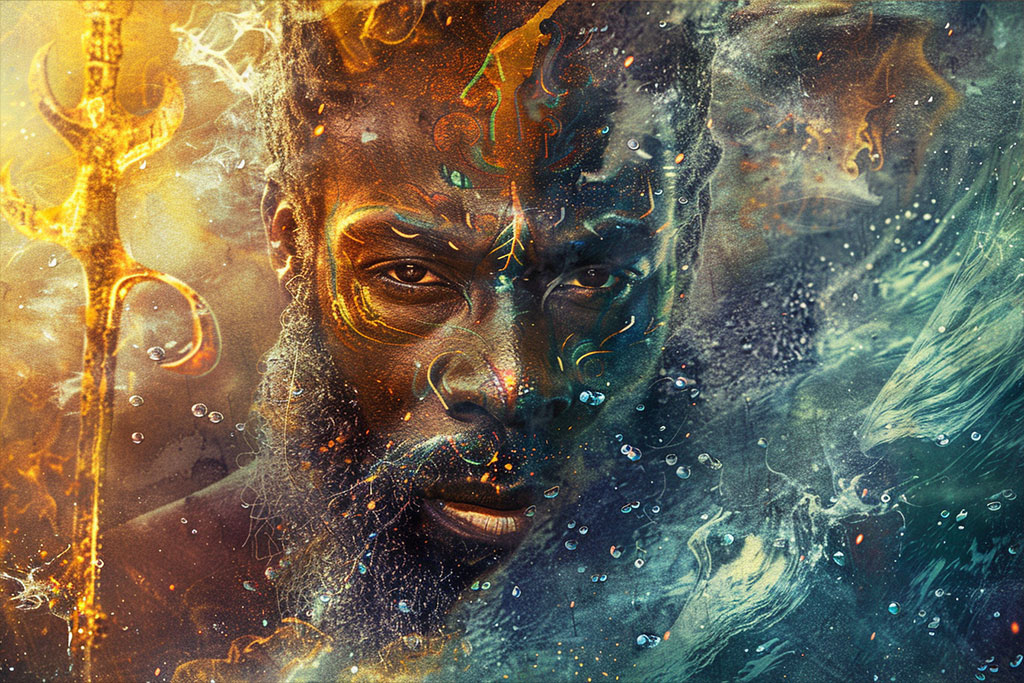
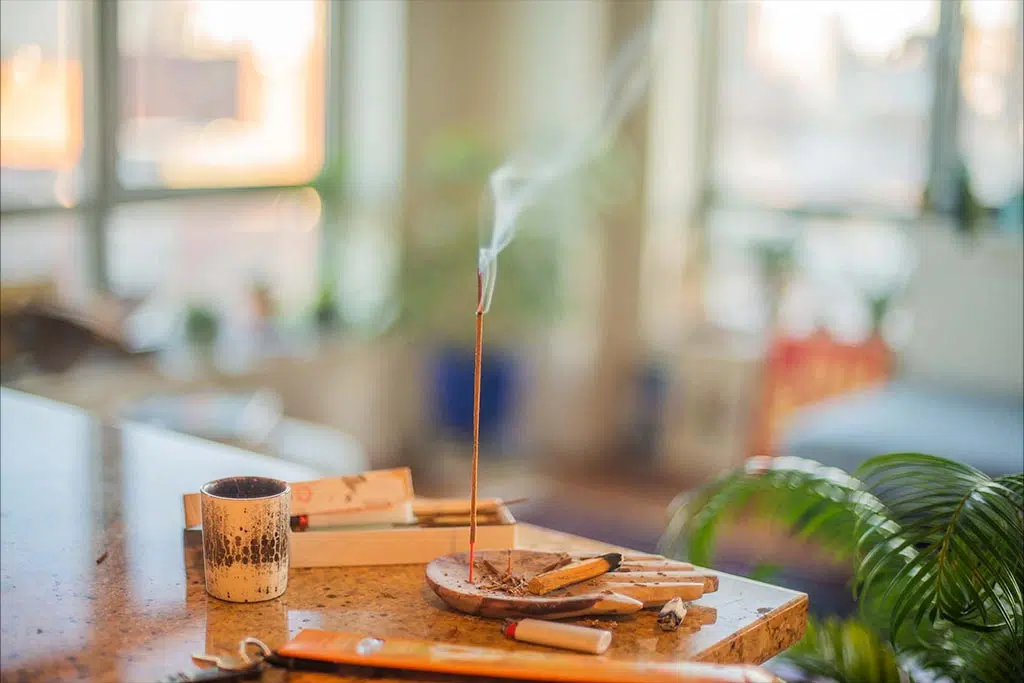
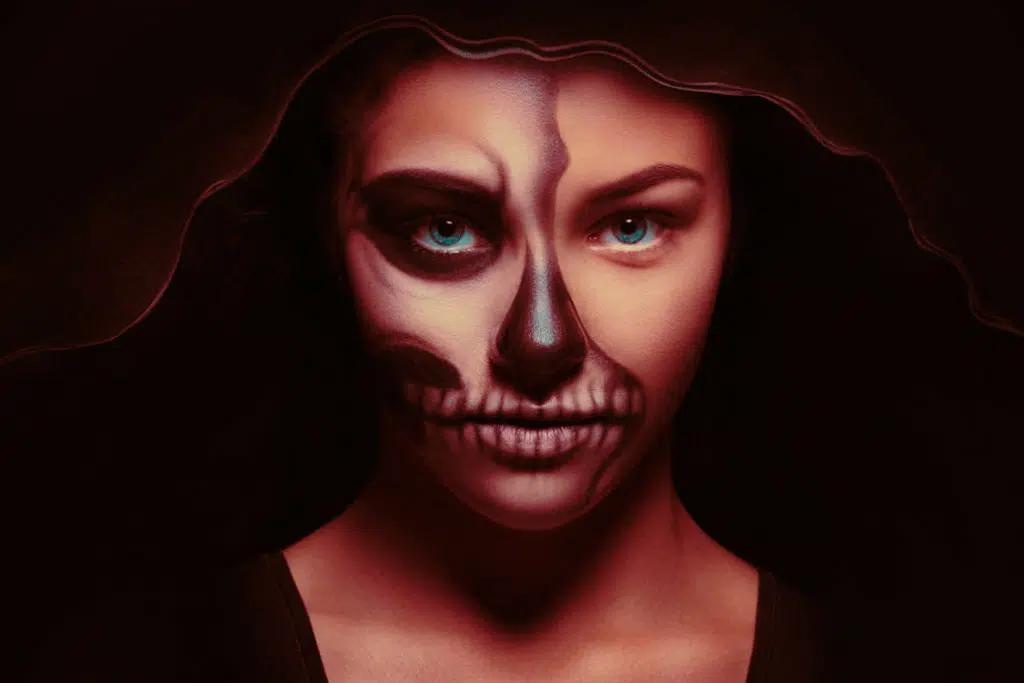

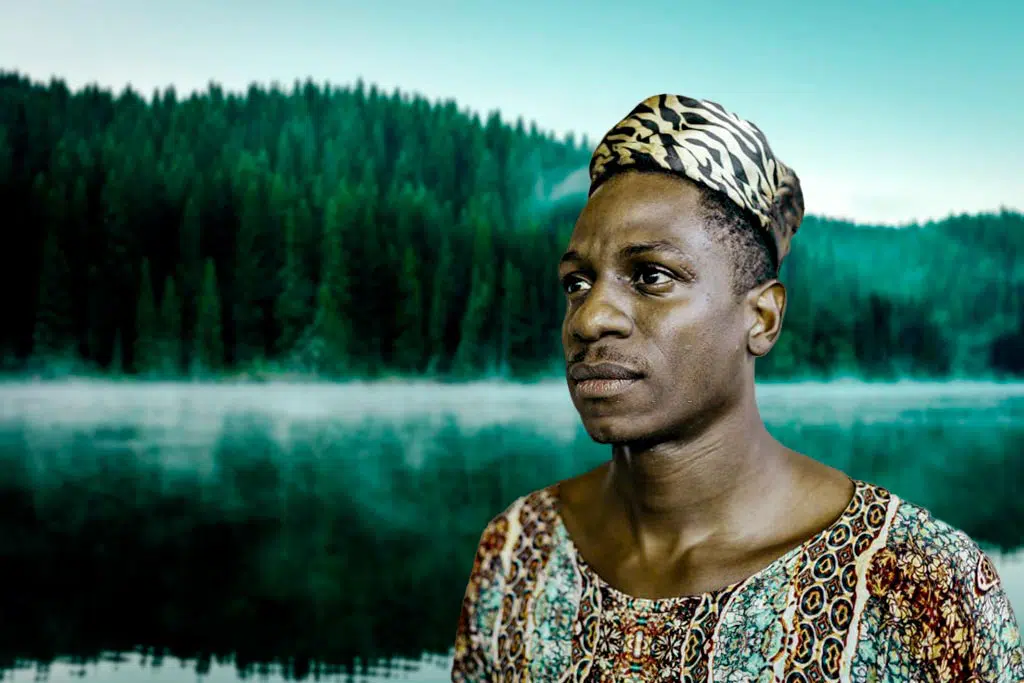

Very good description on how to pray the head and its steps to follow, they have been very helpful to me.
Very good information, thank you